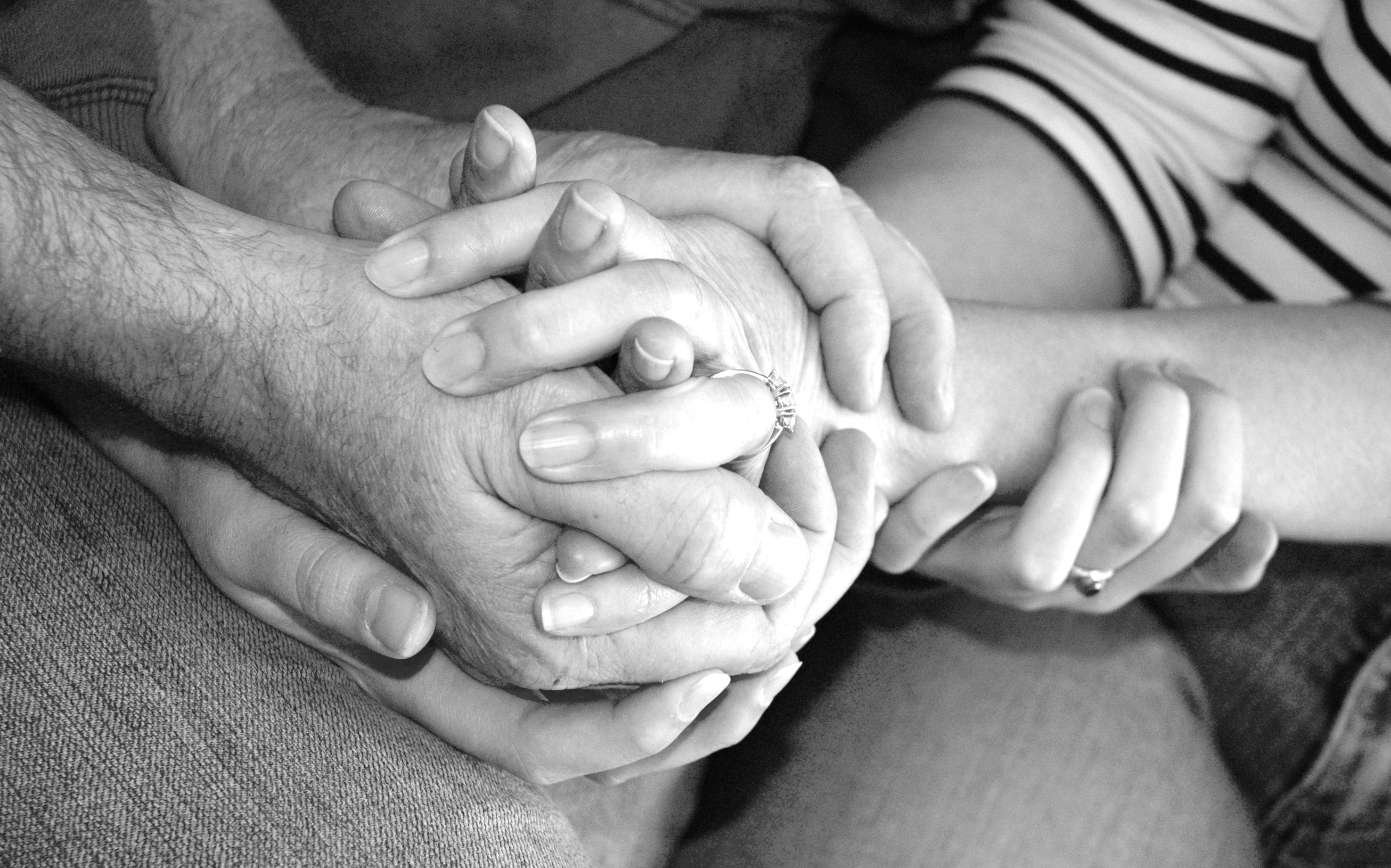Grief and loss are profound experiences that shape our existence in ways we often struggle to articulate. When we lose someone dear, the emotional turmoil can be overwhelming, leaving us to navigate the rocky terrain of sorrow. Understanding grief is essential for healing; it involves not only accepting the reality of loss but also exploring how to cope with the myriad feelings that follow. By delving into the grieving process, we can begin to recognize its personal nature, allowing for a more generous space for emotional healing after loss. Whether through sharing stories, seeking support, or honoring memories, dealing with grief can transform from a solitary burden into a shared journey toward healing.
The journey through bereavement can evoke a unique array of emotions that vary widely amongst individuals, often overwhelming in its intensity. Sorrow, mourning, and lamentation define a complex tapestry of human reaction to the absence of loved ones, leading many to question how to truly move forward. The intricacies of emotional recovery necessitate a deeper comprehension of the varied stages of loss, from shock and denial to acceptance and adaptation. Amidst these feelings, finding solace often requires techniques for coping with anguish, helping individuals catalyze their healing journey. Embracing this reflective process can ultimately facilitate personal growth and a renewed connection to life.
Understanding Grief: The Journey of Loss
Grief is an emotional response to loss that can encompass feelings of sadness, anger, confusion, and even relief. Understanding grief means recognizing that it is a normal part of life, especially when we face significant events such as the death of a loved one. The grieving process is unique to everyone; some may feel overwhelmed by their emotions, while others may experience a sensation of numbness. Recognizing these diverse reactions is crucial in navigating the path of grief, as it can help individuals understand that their feelings are valid and shared by many during moments of loss.
The journey through grief often feels like a chaotic pendulum, swinging between moments of despair and fleeting happiness. It is essential to approach this journey with patience, allowing oneself to feel the depths of sorrow while also embracing moments of emotional healing. This process isn’t linear; there will be ups and downs, making it vital for individuals to acknowledge their feelings, whatever they may be. Understanding grief in this multifaceted way provides insight into how one can cope with loss more authentically, tailoring their approach to what resonates with them personally.
Frequently Asked Questions
How can I cope with loss after a loved one passes away?
Coping with loss is a deeply personal journey, and there are effective strategies to help ease the grieving process. Engaging in open conversations about your feelings and sharing memories can facilitate emotional healing after loss. Additionally, seeking support from friends, family, or support groups can create a network of understanding. It’s vital to give yourself permission to grieve in your own way and allow time for healing.
What are the common stages in the grieving process?
Understanding grief often involves recognizing the common stages of the grieving process: denial, anger, bargaining, depression, and acceptance. Each person experiences these stages differently and may revisit them multiple times. Acknowledging that these feelings are natural can be helpful as you navigate through grief and loss.
What does emotional healing after loss involve?
Emotional healing after loss involves allowing yourself to feel and process your grief. This can include journaling your thoughts, expressing emotions through art, or participating in rituals that honor your loved one. It’s essential to be compassionate with yourself and seek professional help if needed, as therapy can provide valuable tools for understanding grief.
In what ways can I support someone dealing with grief and loss?
Supporting someone dealing with grief involves being present and offering your listening ear without judgment. Create a safe space for them to share their feelings and memories. Additionally, providing practical help, like cooking meals or assisting with daily tasks, can alleviate some stress and show your care during this difficult time.
How can I help children understand grief and loss?
Helping children understand grief requires age-appropriate conversations about death and loss. Use simple, clear language to explain what has happened and validate their feelings. Encouraging them to express emotions and providing opportunities for remembrance, such as drawing or writing letters, can help them process their grief in a healthy manner.
What should I do if I feel stuck in my grieving process?
If you feel stuck in your grieving process, it may be beneficial to reach out for support. Talking to a counselor or therapist who specializes in grief can provide guidance and techniques to help you move through your emotions. Additionally, exploring activities that honor your loved one, like creating a memory box or planting a tree, can facilitate emotional healing after loss.
| Key Points |
|---|
| Geraldine Brooks reflects on her intense grief after losing her husband, Tony Horwitz. |
| Her experience showcases the disbelief and confusion that accompany sudden loss. |
| She discusses the challenges of navigating a broken system following his death. |
| Brooks emphasizes the importance of taking time to grieve properly. |
| She seeks solace in nature and solitude to process her emotions. |
| The narrative illustrates the heavy toll of societal expectations on the grieving process. |
| Ultimately, she recognizes the need for deep mourning to honor her love for Tony. |
Summary
Grief and loss are profound experiences that can dramatically alter one’s life. Geraldine Brooks’s narrative around the loss of her husband, Tony Horwitz, illustrates the intense emotional turmoil and disorientation that often accompanies such tragedies. Through her reflections, readers gain insight into the complexity of grief and the necessity of allowing oneself to mourn fully. By sharing her journey, Brooks highlights the importance of embracing our sorrow, ultimately promoting healing and connection through the shared experience of love and loss.
